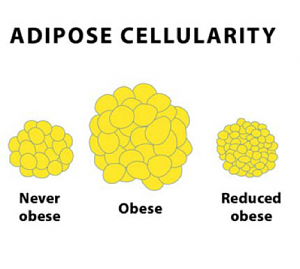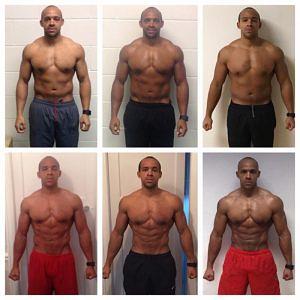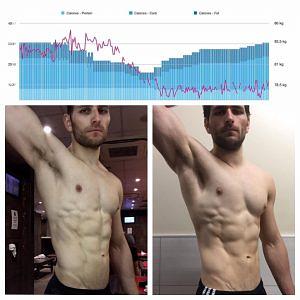
Worst Case Scenario:
Best Case Scenario:
Why Is It So Easy to Rebound?

Post-Dieting Nutrition Plan
Post-Dieting Cardio Plan
Post-Dieting Training Plan
Beware the Special Snowflake!

Mindset Approach to the Post Dieting Phase
1. Have a plan for life
2. Don’t Punish Yourself
3. Make It About The Social Element
4. Weigh Yourself
5. The Power Of Accountability
6. Changing Your Goal Setting Approach
- Incline Barbell Press
- Dip
- Military Press
- Bent Over Row
- Chin Up
- One Arm Row
- Front Squat
- Split Squat
- Leg Press
- Lying Leg Curl
- Romanian Deadlift
- Hip Thrust
Can Fat Regain Really Be Avoided?


.jpg)
